Pharaonic Street Art: The Challenge of Translation
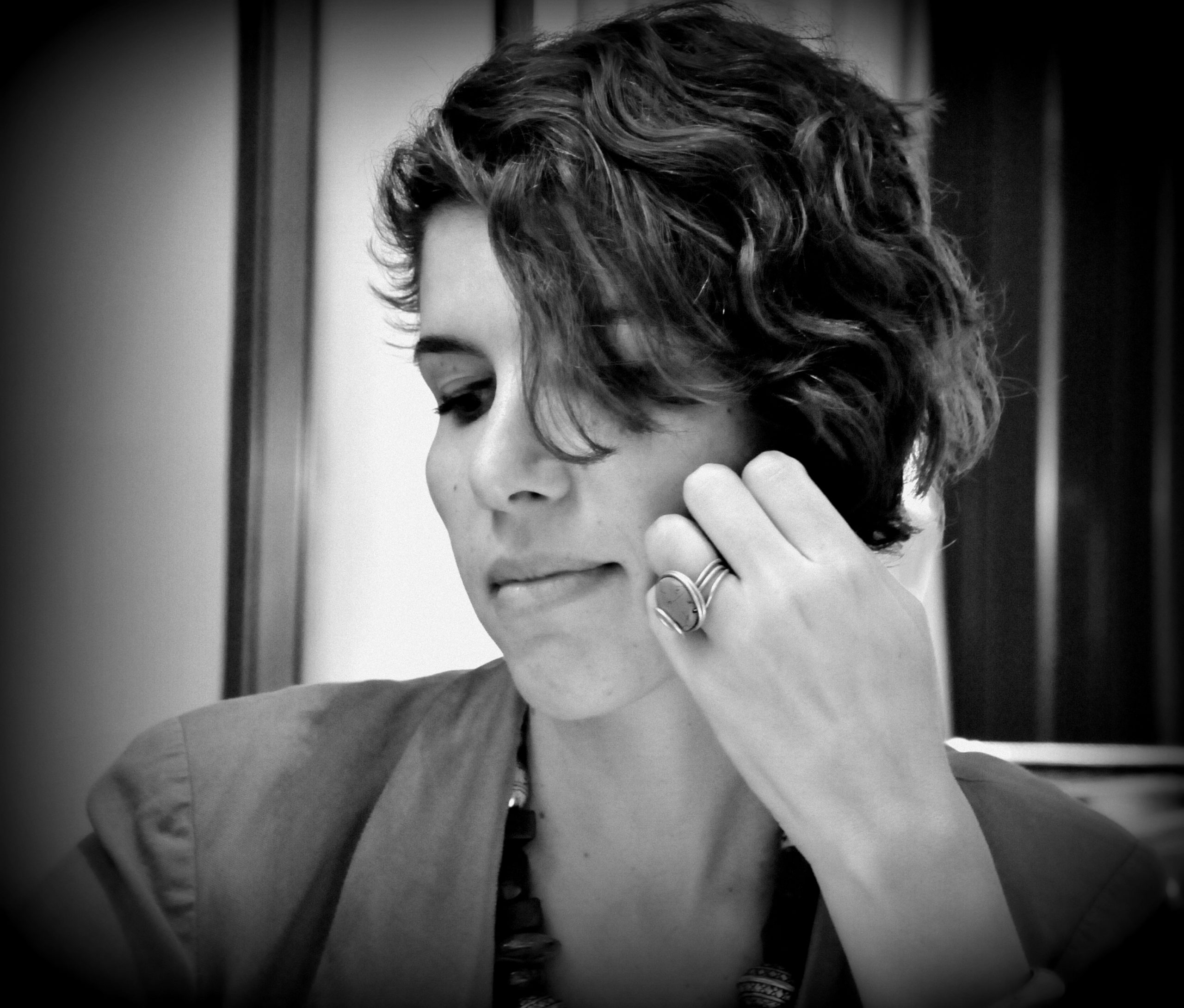
Soraya Morayef
This essay engages with the work of Alaa Awad, a prolific Egyptian street artist who drew graffiti on the walls around Tahrir Square between 2011 and 2013 using ancient Egyptian styles and themes. In replicating pharaonic murals in a space that was literally the epicentre of the political uprising in Egypt, Awad provided a quintessentially Egyptian narrative of street protests, yet one that was also exotic and indecipherable to Egyptian spectators and passers-by, given his use of hieroglyphic codes and references to ancient Egyptian symbolism. Having reproduced temple murals on the street, Awad arguably decontextualized an art form used to support the status quo and glorify the ruling pharaoh. His murals spoke from the perspective of the Egyptian people living through their uprisings, triumphs and bereavement. He had, as one scholar put it, shaken up everything Egyptologists have been studying for centuries. Yet, by using hieroglyphics and indecipherable symbols, was Awad really speaking to the Egyptian street, or had he created a barrier between his audience and his work? Was his street art revolutionizing the concept of Pharaonic art or was he merely feeding into what one scholar described as an orientalized, tourist-centric vision of Egypt? Had his message been lost or did it evoke new meanings in translation?
Based in Cairo, Soraya Morayef is an Egyptian writer and journalist who has documented the evolution of post-revolutionary street art in Cairo via her blog suzeeinthecity, one of The Daily Beast’s Six Best Egypt bloggers to follow. She has produced four documentary shorts on street art in the Middle East for MOCATV and her photos have been published in the Wall Street Journal, Huffington Post and the Smithsonian Magazine. Soraya has given lectures on Egyptian street art in Dubai, London, Hamburg, Rabat, Casablanca, Cairo and Port Said, and counts sexual harassment, human rights, street children and social development among the causes for which she advocates heavily.
Images from Soraya Morayef’s chapter:
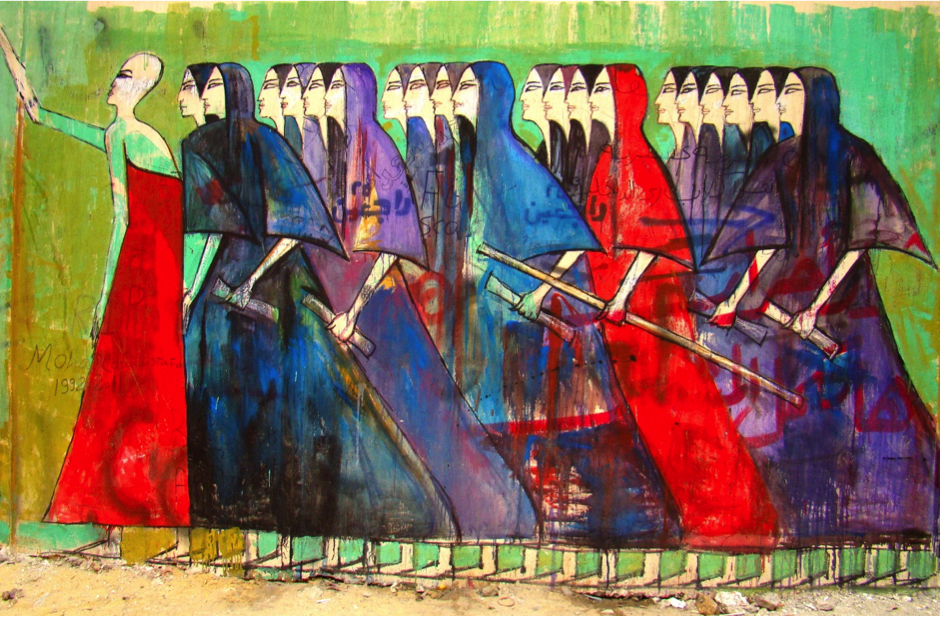
Figure 1: Mural of women heading to battle by Alaa Awad, Mohamed Mahmoud Street, Cairo. Photograph by Soraya Morayef (February 2012)
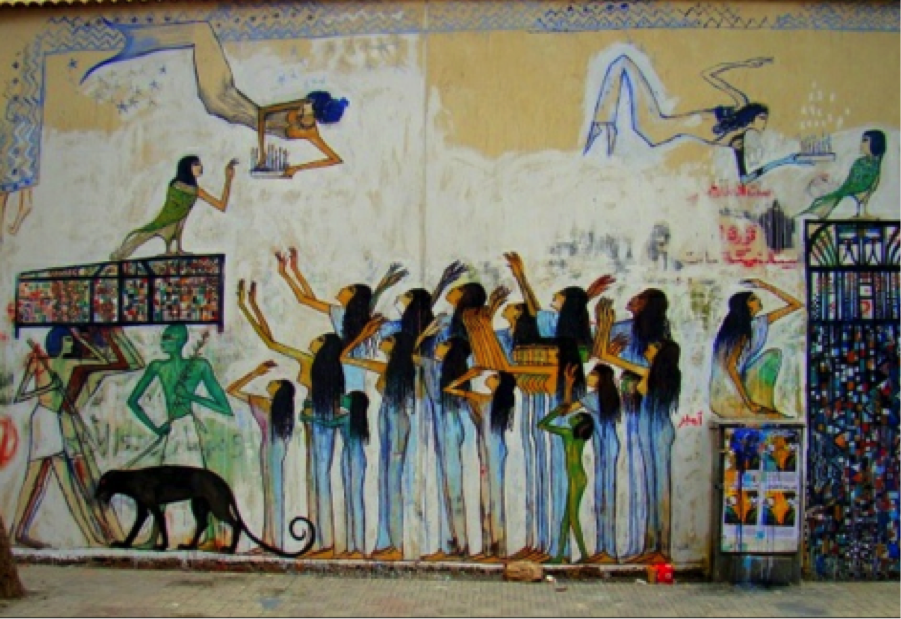
Figure 2: Mural of women in mourning accompanied by a black panther, by Alaa Awad, Mohamed Mahmoud Street, Cairo. Photograph by Soraya Morayef (February 2012)
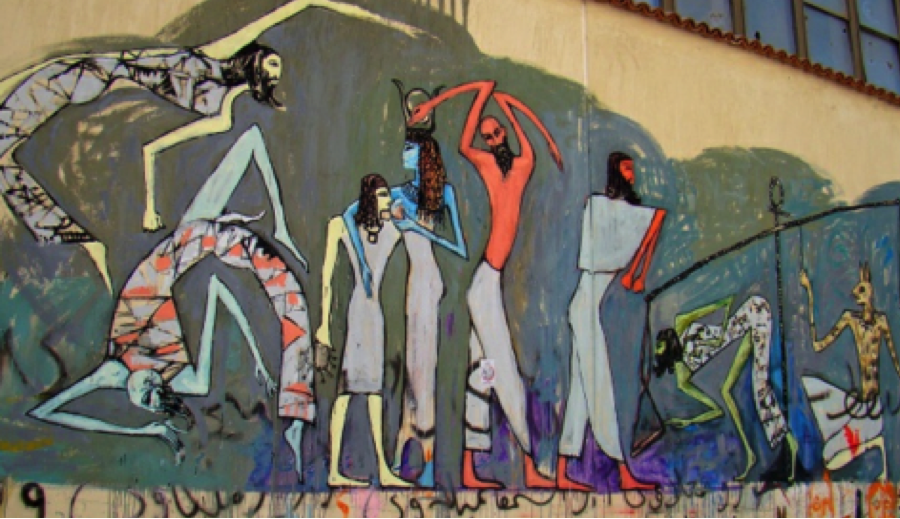
Figure 3: Mural depicting Ma’at from the Book of the Dead and the Goddess Hathor, by Alaa Awad, Mohamed Mahmoud Street, Cairo. Photograph by Soraya Morayef (March 2012)
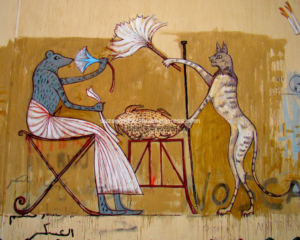
Figure 4: First part of a mural replica from the tomb of Sobekhotep, by Alaa Awad, Mohamed Mahmoud Street, Cairo. Photograph by Soraya Morayef (March 2012)
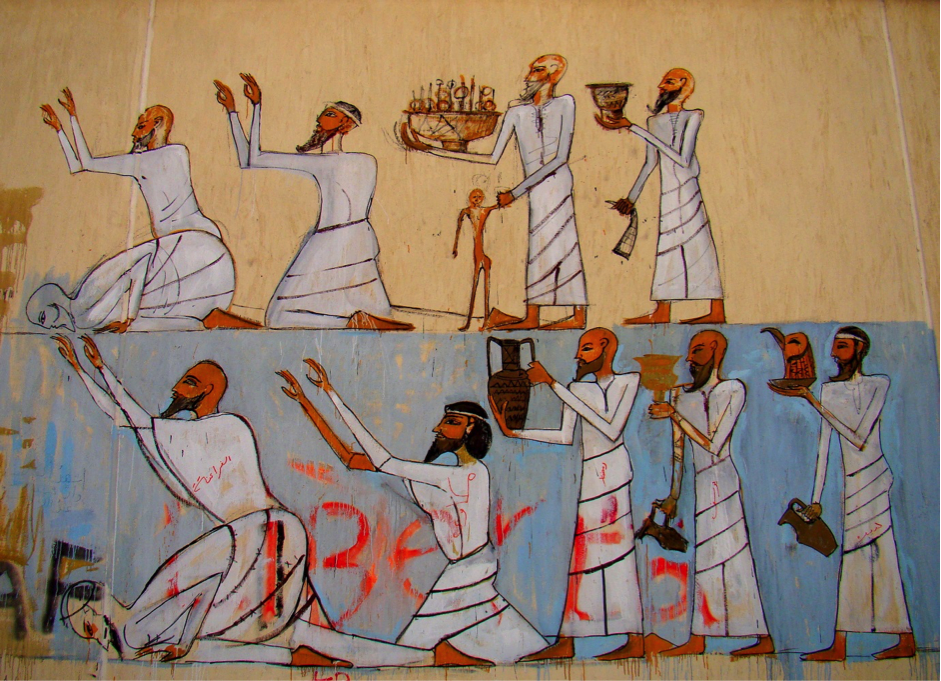
Figure 5: Second part of a mural replica depicting the tomb of Sobekhotep, by Alaa Awad, Mohamed Mahmoud Street, Cairo. Photograph by Soraya Morayef (2012)
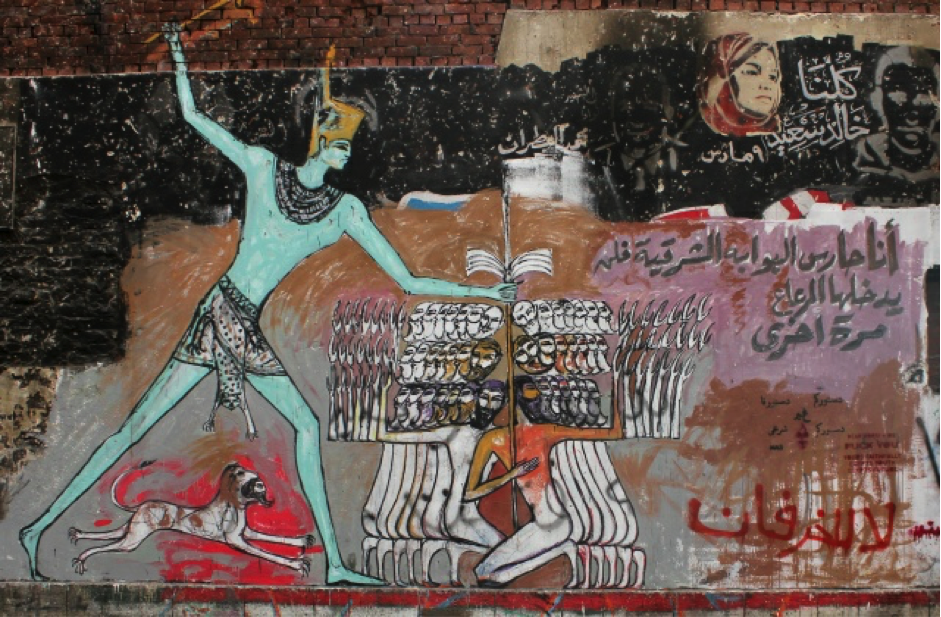
Figure 6: Mural of Tutmoses III, by Alaa Awad, Mohamed Mahmoud Street, Cairo. Photograph by Soraya Morayef (December 2012)
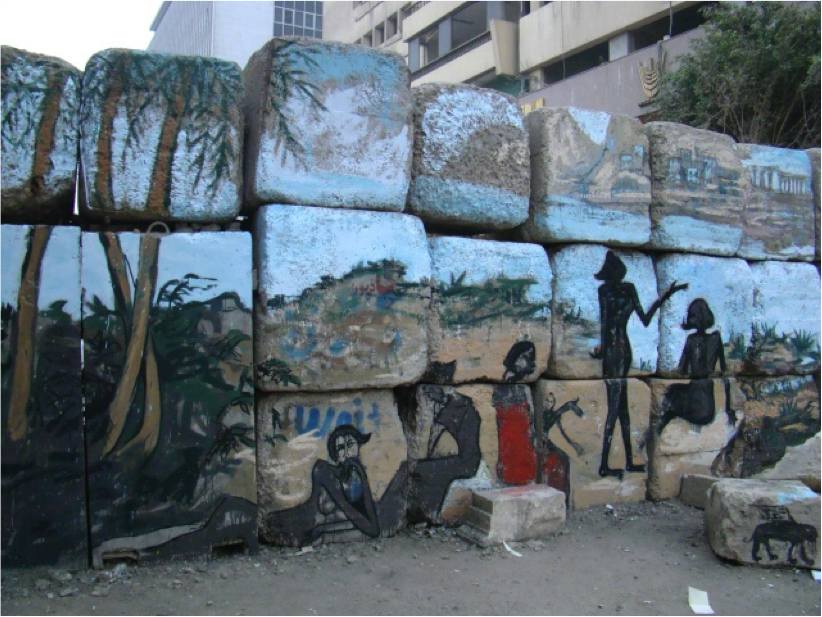
Figure 7: Mural of Luxor landscape, by Alaa Awad, Kasr El Eini Street, Cairo. Photograph by Soraya Morayef (March 2012)